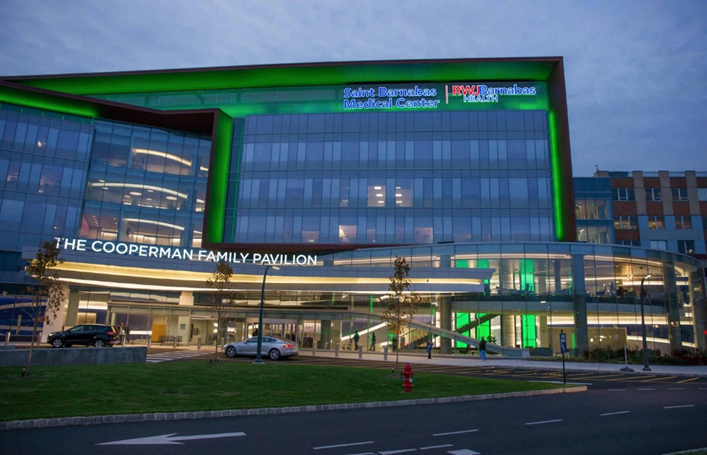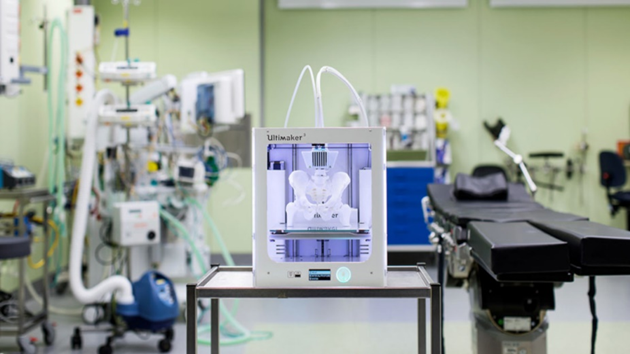
Charles R. Goulding examines 3D printing opportunities arising from a huge increase in hospital system mergers and acquisitions.
Emerging from the pandemic, the U.S. is experiencing an unprecedented number of hospital mergers. This should be a good development for the 3D printing industry since it is typically only the larger managed care organizations and specialty hospitals that utilize 3D printing technology. The larger organizations have the financial resources and often the ability to establish dedicated facilities for orthopedics and surgeries that have specific 3D printing needs.
Some industry observers believe it is the tremendous level of federal government COVID-19 reimbursements that is causing the merger trend. Within the hospital industry, some feel that federal government funding is merely accelerating transactions that were already anticipated.
The following is a list of recent mergers that is so extensive it speaks for itself:
- CommonSpirit Health and Virginia Mason Health System merger
- Providence Hospital System’s purchase of two small public hospitals in northern California
- RWJBarnabas Health’s takeover of Trinitas Regional Medical Center in Elizabeth, New Jersey
- Tenet Healthcare’s purchase of 45 Ambulatory Centers in Texas
- LifePoint Health and Ardent Health Services merger
- Ascension, a faith-based system, purchasing multiple surgery centers
- Banner Health System in Phoenix acquiring Wyoming Medical Center
- MultiCare in Tacoma, Washington purchasing Capital Medical Center in Olympia
The 3D Printing Industry Opportunity
In the medical area particularly, orthopedics has been one of the key growth areas for the 3D printing industry. There is a large pent-up demand because elective surgery was suspended during the extended COVID-19 quarantine period.
Our top 10 Fabbaloo articles in this area are as follows:
- Nottingham Spirk’s 3D Printing Approach to COVID 19
- Round 2: The COVID Fight Scores With Help from 3D Printing
- Vaccines, Drones and 3D Printing
- The Road to Herd Immunity and 3D Printing Business Planning
- Delayed Elective Surgery, Medical Devices and 3D Printing
- 3D Printing Brings Optimism to the Post-Coronavirus Economy
- Ultraviolet C Robots and 3D Printing
- Planting Seeds in 3D Printed Planters Help Us Sprout Into Action
- Kudos to Ford for Helping with 3D Printing During the Coronavirus Crisis
- The Coronavirus Crisis, Deep Cleaning, and 3D Printing
To benefit from the merger trend, the 3D printing industry should monitor the ongoing hospital merger transactions and ascertain which combined entities are most likely to have prospective 3D printing opportunities. Those transactions where one of the merging entities already has made 3D printer purchases and where credit lines and financing programs are already established should present the best near-term opportunities.
The resulting post-merger larger hospital organizations typically become more attractive to specialty medical practices that will then follow on and merge into the new larger managed-care organizations. The sellers of small medical practices choose to become part of the larger organizations so they become part of the network for both referrals and for financial resources to purchase new and improved technologies.

The Research & Development Tax Credit
Whether it is used for creating and testing prototypes or for final production, 3D printing is a great indicator that R&D Credit eligible activities are taking place. Companies implementing this technology at any point should consider taking advantage of R&D Tax Credits.
Enacted in 1981, the now permanent Federal Research and Development (R&D) Tax Credit allows a credit that typically ranges from 4%-7% of eligible spending for new and improved products and processes. Qualified research must meet the following four criteria:
- Must be technological in nature
- Must be a component of the taxpayer’s business
- Must represent R&D in the experimental sense and generally includes all such costs related to the development or improvement of a product or process
- Must eliminate uncertainty through a process of experimentation that considers one or more alternatives
Eligible costs include U.S. employee wages, cost of supplies consumed in the R&D process, cost of pre-production testing, U.S. contract research expenses, and certain costs associated with developing a patent.
On December 18, 2015, President Obama signed the PATH Act, making the R&D Tax Credit permanent. Since 2016, the R&D credit has been used to offset Alternative Minimum Tax (AMT) for companies with revenue below $50MM and, startup businesses can obtain up to $250,000 per year in payroll tax cash rebates.
Conclusion
Larger post-merger managed care organizations will often provide new and expanded 3D printing opportunities. 3D printing product providers with medical offerings should closely follow these developments if they want to benefit from this trend.
